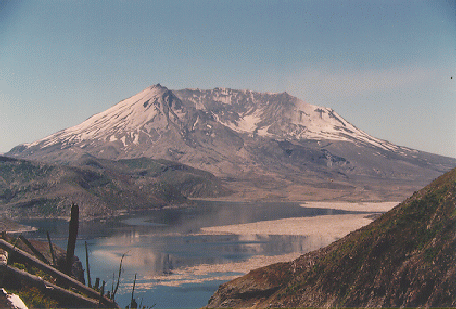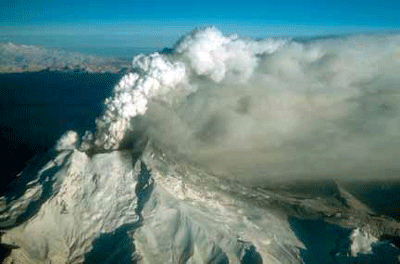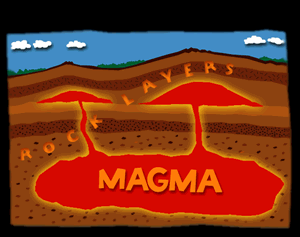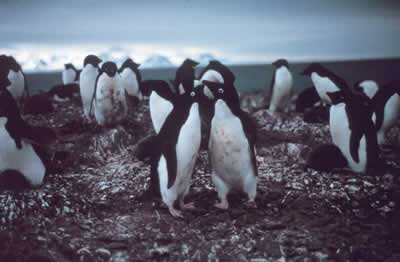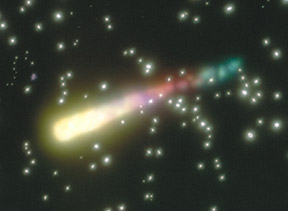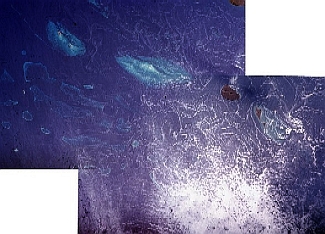Mount St. Helens Is Waking Up!
News story originally written on October 5, 2004
Mount St. Helens, a volcano in Washington on the west coast of the United States, has been quiet for 18 years but now it is quiet no more! It has been puffing steam and ash as scientists look for clues to whether a large flow of lava is on the way.
On September 29th, 2004 a large number of small earthquakes in the area warned scientists that the volcano was changing. Two days later, researchers flying over the volcano noticed a bulge at the top and large cracks along the surface several feet wide and tens of feet deep. Later that day, the area with the cracks emitted steam and ash for almost half an hour. The volcano puffed more steam and ash a few days later. Scientists say that a larger eruption is likely.
But do the belches of steam and ash that are currently coming out of Mount St. Helens indicate that a flood of lava is on the way? Ash particles that have settled on the leaves of nearby trees in the last few days may give scientists the clues they need. The researchers are looking closely at the mineral composition and the shape of the ash particles for clues. If the ash particles are made of sharp, glassy shards of rock and contain certain groups of elements, then magma is likely rising toward the surface and will erupt soon. If the ash particles are made of weathered rock dust, smaller events at the base of the volcano are lifting old rock into the air.
A first look at the ash suggests that it is the weathered pieces of older rocks from inside the volcano. That means hot magma was probably not racing toward the volcano's surface on Friday when the ash was released into the air. However, scientists continue their studies to see if the volcano is changing as it spits more ash. If the characteristics of the ash change, then magma may be on its way to the surface!


